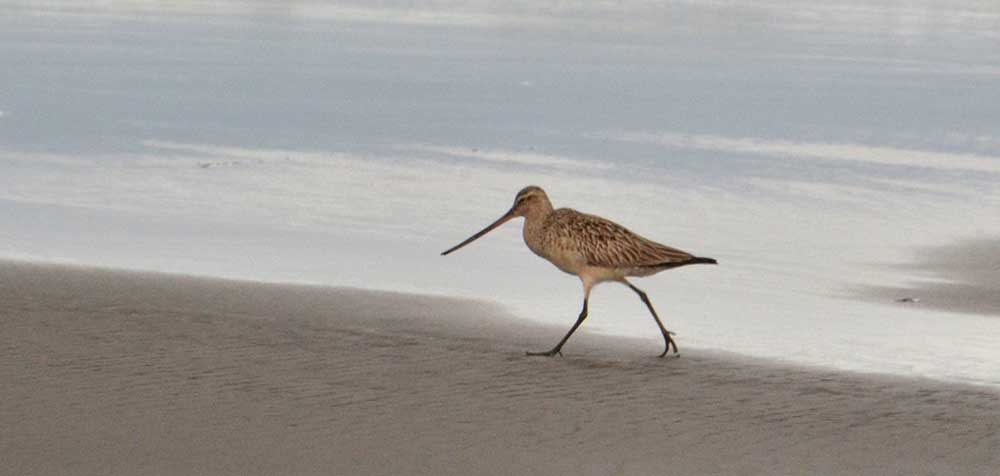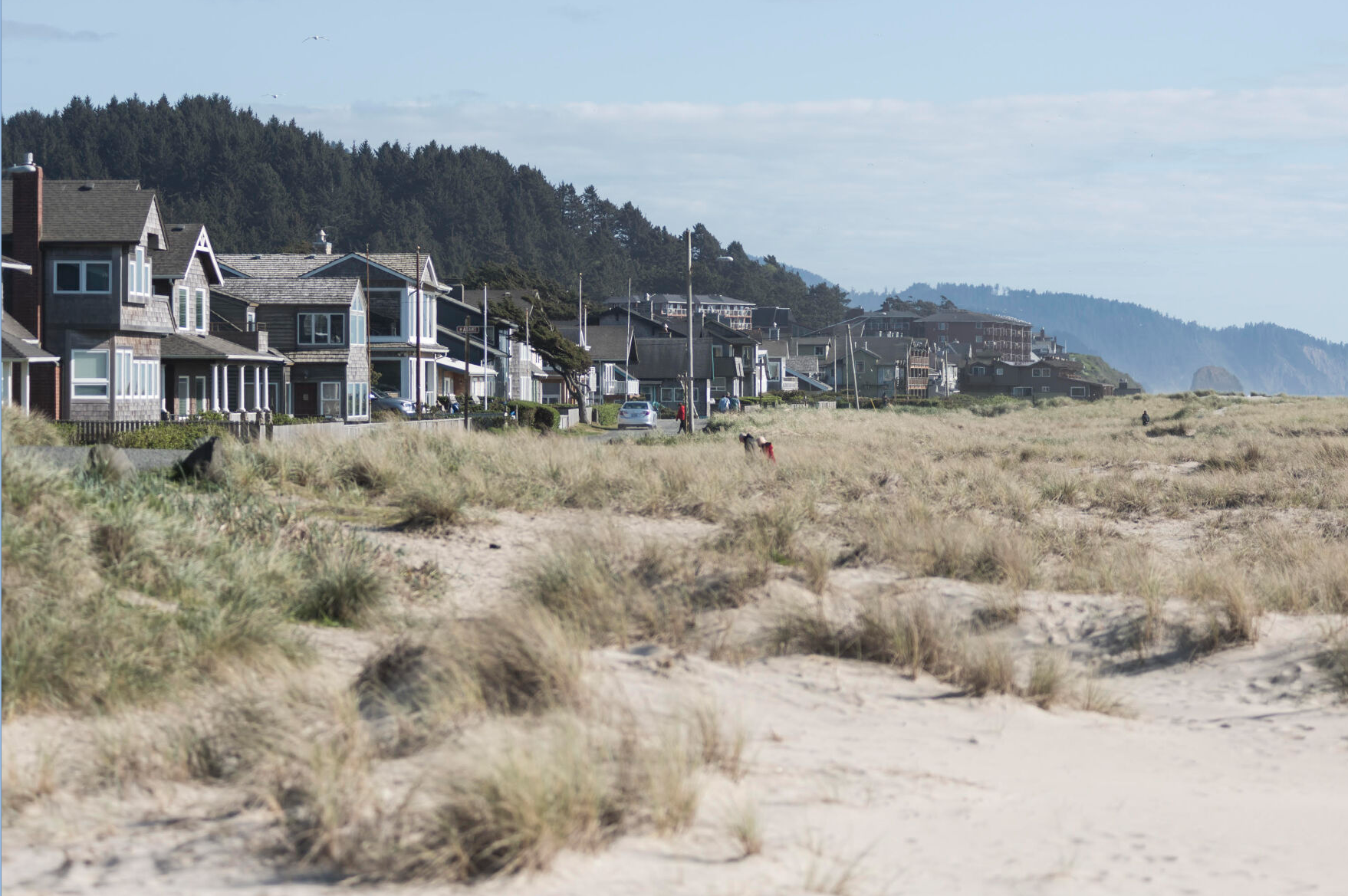Spunky shorebirds make rare spring stop
Published 8:00 pm Thursday, June 1, 2017

- Spotting the shorebirds in the spring is rare.
The plucky shorebirds have already flown thousands of miles from New Zealand to China, across the open ocean toward Alaska. Chances are high they didn’t plan to wind up on a beach in Clatsop County.
Trending
But local birders have spotted unprecedented numbers of adult bar-tailed godwits on Sunset Beach this week. Former Astoria High School teacher and local naturalist Mike Patterson spotted 17 alone on a stretch from Gearhart to the Peter Iredale shipwreck on Wednesday. In April, birders in Newport also reported sightings.
This is rare.
Birders and biologists have recorded a number of sightings of young godwits here in the fall. Usually these birds are very young and very lost. But Roy Lowe, a retired U.S. Fish and Wildlife Service and national wildlife refuge manager, says it is rare to see the birds here in the spring.
Trending
“Most likely they got caught in a weather system that transported them across the Pacific and here instead of north into Alaska,” Lowe said. “No one really knows but obviously this is unprecedented.”
Birders spotted four bar-tailed godwits in Newport at the end of April. “And we figured that was interesting,” said Patterson. “At the time four was a big deal.”
People kept reporting a sighting here, a sighting there.
“By the time I finally found them it was kind of, ‘Well, it’s about time,’” Patterson said. He has seen bar-tailed godwits before, but never in the spring.
For these birds, being blown off-course means they might not make it up to Alaska in time for the breeding season. They’ll need to rebuild fat reserves, Lowe said, a process that takes weeks, assuming they can find the right kind of food here.
“I suspect it would be way too late and take too much energy to breed this year,” Lowe said.
The godwits travel thousands of miles on their annual migrations. They fly from New Zealand to China, stopping at the Yellow Sea’s tideland flats in March to fatten up for a month, then proceeding on to Alaska and then back to New Zealand. Birds fixed with satellite tracking gear have logged upward of 7,000 miles in a single nine-day slog.
Throughout much of their migration, “they’re lucky if they see an island enroute,” Lowe said.
Bar-tailed godwits are fairly large. Patterson describes them as “big as a chicken” with long legs and a very long bill “that turns up at the end like Bob Hope.” If you know what you’re looking for, he says, they are very distinctive even when compared to other godwit species.
Lowe is used to seeing the adult birds somewhere else entirely — in China, on fragile tidal wetlands along the Yellow Sea between China and North Korea and South Korea.
He has traveled there seven times, since he retired from the Fish and Wildlife Service in 2015, as a volunteer with Global Parks, a nonprofit group made up of retired professionals with similar backgrounds in parks, conservation and wildlife and resource management. With funding from the Paulson Institute, he and others have been working on wetland conservation with the Chinese.
The habitat in the Yellow Sea is crucial for the bar-tailed godwits, but it is an area where they are quickly losing their footing. It’s a familiar story to West Coast residents, though on a much more massive scale: rapid development encroaching on wetland habitat and species getting lost in the mix. In China, whole cities and ports are filling up former wetlands, Lowe said.
In their long travels back and forth, the godwits need these areas to build up fat reserves.
“If they don’t have the Yellow Sea, they’re in real trouble,” Lowe said. “We can do great stuff in Alaska, but if everyone else doesn’t do their part, these birds can’t make a go of it.”
“The coastal wetlands are the most threatened, but least protected, ecosystems in China,” stated a summary of findings for a conservation and management plan for the Yellow Sea and Bohai Sea announced in Beijing in 2015. In the past 50 years, the country has lost more than half of its temperate coastal ecosystem and the majority of its mangroves and coral reefs due to economic development.
Recently, a number of countries, including New Zealand and Great Britain, and groups like Global Parks, have started working with the Chinese to protect these areas.
Lowe and Patterson say birders should get out on the beach while they can; the godwits will not stick around for long. But Lowe, a photographer in his spare time, has a request to dog owners: Don’t let them chase shorebirds.
To nonbirders, the different birds on the beach all resemble each other and dogs don’t usually discriminate, at all. If you could follow a godwit out on the beach, you would soon find out, as Lowe has looking through his camera scope, that dogs up and down the coast are chasing shorebirds all day long.
And maybe, Lowe said, those particular shorebirds have just flown from New Zealand.









